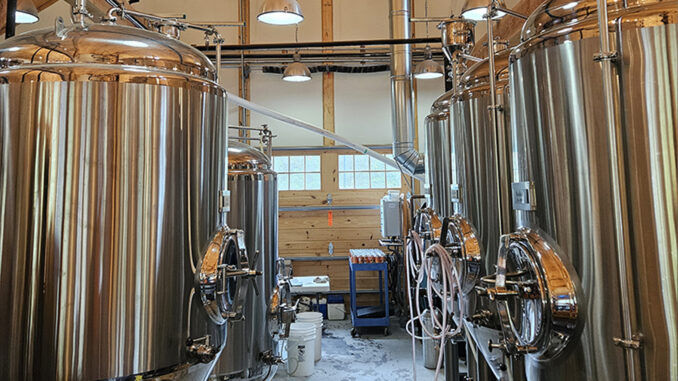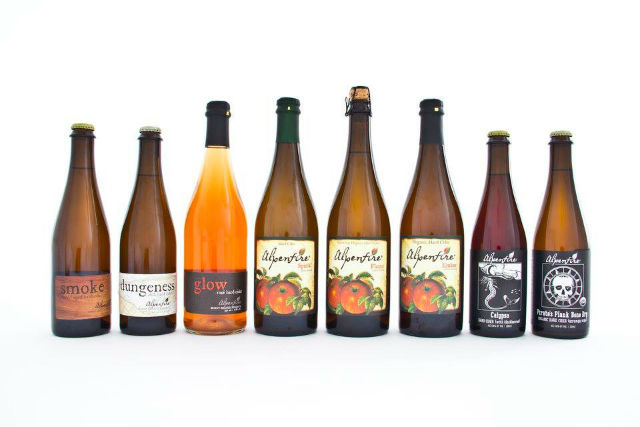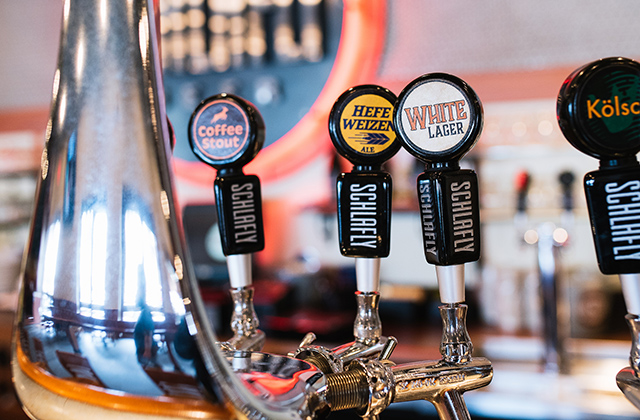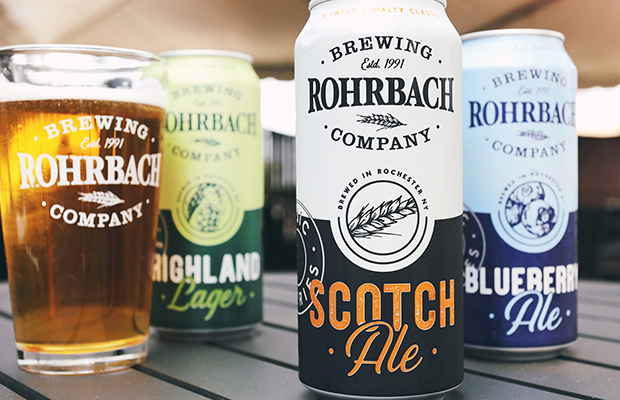
Innovation in brewing doesn’t always mean reinventing the wheel—it often means refining it. Across the craft beer landscape, more breweries are finding ways to enhance efficiency, sustainability, and flavor through controlled experimentation. Whether it’s through pressure fermentation, spunding, or mixed culture programs, these approaches reflect how brewers are evolving their craft with intention.
Refining Fundamentals: Pressure and Spunding
For Derek Hanson, head brewer at Pedal Haus Brewery, innovation starts with discipline.
“I wouldn’t say we do anything that’s considered really wacky,” he told Brewer. “We use spunding valves after the primary fermentation is complete on all of our beers — and even after dry hopping — to keep all that hop aroma in the tank.”
Set typically around 10 psi, this process captures naturally produced CO₂, improving aroma retention and ensuring cleaner, more consistent carbonation. For Hanson, it’s less about chasing trends and more about mastering fundamentals.
READ MORE: Brewer Mag Podcast with Pedal Haus
“You can’t be creative if you don’t know how something you do or add might affect things,” he said.
That sentiment echoes across breweries that have embraced pressure fermentation or spunding not for novelty, but for control.
At Sunken Silo Brewing in Lebanon, New Jersey, owner Jeff Donlon describes how pressure fermentation has become part of their toolkit for select recipes.
“We’ve dabbled in pressure fermentation and spunding for certain beers,” he said. “Lately, we’ve been exploring thiolized yeast strains. They enhance hop character and improve batch efficiency.
“We’re seeing similar flavor expression with fewer dry hops, which means less loss and better yields overall.”
It shows a shared goal from both breweries: to maximize what nature provides. Spunding and pressure fermentation helps reduce waste, cut down on CO₂ usage, and preserve delicate aromatics while getting benefits that tie creativity to sustainability and operational efficiency.
Balancing Science & Serendipity with Mixed Culture
If spunding represents control, mixed culture fermentation represents curiosity. For Erin Jordan, head brewer at Resident Culture Brewing, the beauty of mixed cultures lies in their unpredictability and the careful systems built to manage it.
“We spund all non dry-hopped or adjuncted beers,” she said, “but we also have a mixed culture program that’s entirely barrel-focused. We use Brettanomyces, Pediococcus, and Lactobacillus, keeping these beers separate from our ‘clean’ ones with dedicated equipment and housing.”
Jordan points out that these beers develop a softer mouthfeel and better foam retention thanks to the natural carbonation from spunding. Meanwhile, her mixed culture program allows her team to explore “funky flavor expressions” through spontaneous fermentation in their coolship and curated inoculations for specific barrels.
“Each barrel is unique,” she said. “It’s our chance to play and blend combinations to create something truly special.”
At Readington Brewery & Hop Farm, J. Warren Wilson III takes a similar but agriculturally inspired approach.
“We make kombucha, which uses a symbiotic culture of bacteria and yeast,” he said. “We also have a barrel program that incorporates several species of Saccharomyces and bacteria. These practices evolved from a mix of flavor innovation and production efficiency.”
With access to freshly grown hops on-site, Wilson’s team experiments with how local ingredients interact with these mixed cultures, creating terroir-driven fermentation profiles rarely found in traditional brewing setups.
Experimentation is most powerful when grounded in understanding. Pressure fermentation and spunding offer precision and consistency, while mixed cultures embrace the artful unpredictability of microbial life. But the lesson isn’t simply to copy these methods; instead, approach them with purpose.
- Start small and document everything. As Jordan and Donlon both show from their insights, experimentation without measurement is just luck.
- Invest in separation and sanitation. Mixed culture programs can yield incredible results, but only when isolated properly.
- Don’t skip the basics. Hanson’s philosophy reminds you that creative expression relies on technical mastery first.
Whether you’re tightening control or embracing chaos, the goal remains the same: to make better beer, more efficiently, and with more character than before. These non-traditional fermentation methods may not replace tradition,but they’re helping redefine what tradition can become.







Be the first to comment